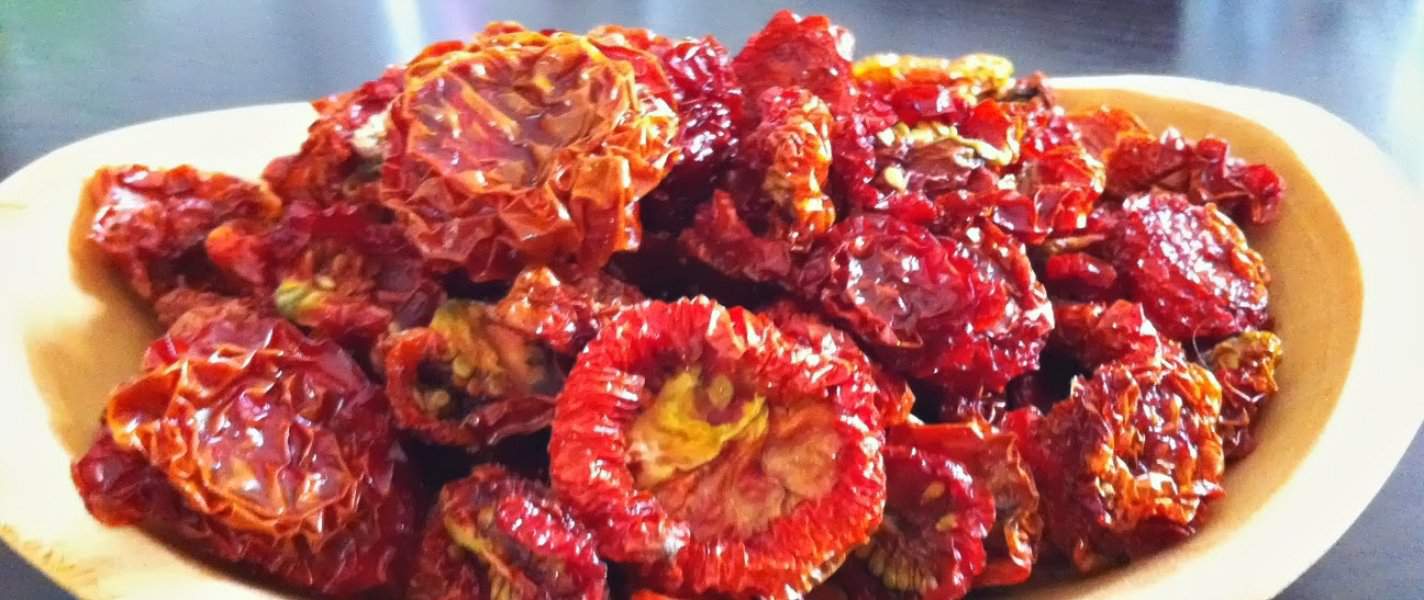Fungi Tales: Mushrooms, Exxon, and Elon Musk
What do fossil fuels, mushrooms, Exxon, and Elon Musk all have in common? Read this fungi tale to find out…

What do fossil fuels, mushrooms, Exxon, and Elon Musk all have in common? Read this fungi tale to find out…

What if there was a drink that gave you a better energy boost than coffee without the bad breath? Oh, and it could fight cancer too. Meet matcha…

Fall or winter blues have you down? You might be low on Vitamin D. Here’s how to boost your mood with food while avoiding vitamin supplements.

All about duck health – a collection of helpful tips, resources, and information for your backyard waterfowl.

This slaw recipe has become one of our go-to ways to enjoy greens. It’s easy, super nutritious & tastebuds-swooning kind of yummy. Here’s how to make it…

What edible plant can weigh over 2000 pounds and is 7000 years old? The pumpkin! Take a look inside the incredible, edible pumpkin & its ancient folklore.

Learn all about how to cook different types of food in a wood-fired cob oven in order to make the best food you’ve ever eaten. (Part 2 in our cob oven series.)

A comprehensive step-by-step guide showing you exactly how to make a wood-fired oven from cob, so you can make amazing wood-fired meals at home.

Want to extend your tomato growing season and get another big round of tomatoes before first frost? Find out how to use tomato suckers from your plants to get a second round of tomatoes.

Garden huckleberries are a rare nightshade family fruit. Garden huckleberry preserves offer a delicious blueberry-grape flavor that will have you swooning!

Trying to figure out what to do with all your extra tomatoes? Here’s how to easily make your own soft and chewy sun-dried tomatoes!

A simple and delicious tomatillos salsa verde recipe. Perfect with nachos, quesadillas, grilled fish, and more!

A huge, easy-to-grow mushroom, King Stropharia is an ideal gourmet mushroom for organic and permaculture gardeners to grow. It also helps build your soil!

The hunt for the morel mushroom, one of the world’s most coveted wild, gourmet fungi begins anew each spring… And it’s almost time!

Spring and summer aren’t the only time of year to garden. Most people in the US can also enjoy abundant harvests via fall and winter gardening.